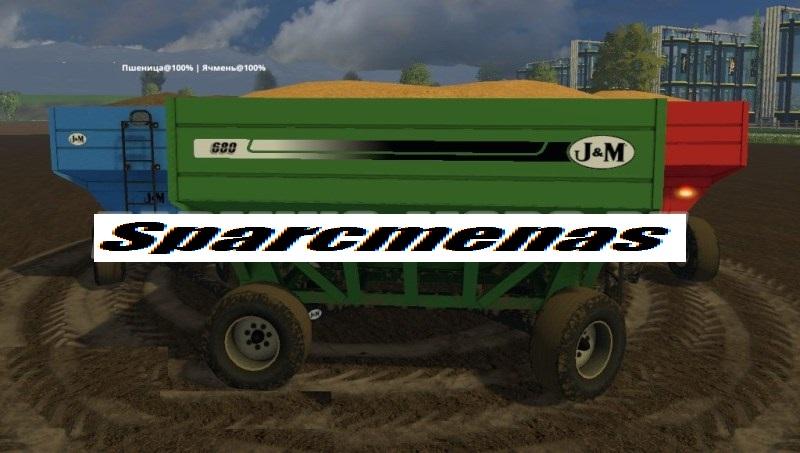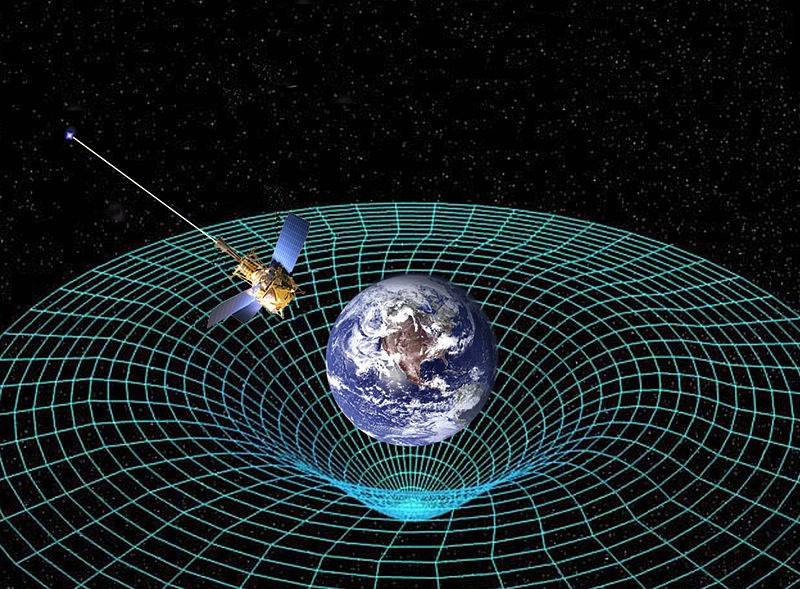
Furthermore, lung water is predictive of cardiac events in patients at risk of developing or with confirmed heart failure. Exercise intolerance due to lung water is a key feature in at least 50% of heart failure patients, often manifesting as a dynamic process at early stages of the disease with left ventricular filling pressures and lung water densities that are normal at rest but increased during physical activity. Pulmonary edema, or lung water, is the accumulation of fluid that has leaked from the vasculature into the pulmonary interstitial space or alveoli, which may cause dyspnea and exercise intolerance. Redistribution of LWD due to gravitational forces can be depicted and quantified using a validated free-breathing 3D proton density weighted UTE sequence and inline automated image processing pipeline on a high-performance 0.55 T CMR system. Global LWD maps were calculated inline within 23.2 ± 0.3 s following the image reconstruction using the automated pipeline. A regional LWD redistribution was observed in all subjects when repositioning, with a predominant posterior LWD accumulation when supine, and anterior accumulation when prone (difference in anterior–posterior LWD: supine − 11.6 ± 2.7%, prone 5.5 ± 2.7%, second supine − 11.4 ± 2.9%). In vivo test–retest repeatability in LWD was excellent (− 0.17 ± 0.91%, ICC = 0.97). The average global LWD was comparable between imaging positions (supine 24.7 ± 3.4%, prone 22.7 ± 3.1%, second supine 25.3 ± 3.6%), with small differences between imaging phases (first supine vs prone 2.0%, p < 0.001 first supine vs second supine − 0.6%, p = 0.001 prone vs second supine − 2.7%, p < 0.001). The phantom experiment validated the capability of the sequence in quantifying water density (bias ± SD 4.3 ± 4.8%, intraclass correlation coefficient, ICC = 0.97). Quantitative validation was performed in a phantom array of vials containing mixtures of water and deuterium oxide.

A gravity-induced redistribution of LWD was provoked by sequentially acquiring images in the supine, prone, and again supine position. Inline image reconstruction and automated image processing was performed using the Gadgetron framework. Quantitative lung water CMR was performed on 15 healthy subjects using free-breathing 3D stack-of-spirals proton density weighted UTE at 0.55 T. We develop and validate a free-breathing 3D ultrashort echo time (UTE) sequence with automated inline image processing to image changes in lung water density (LWD) using high-performance 0.55 T cardiovascular magnetic resonance (CMR).

Quantitative assessment of dynamic lung water accumulation is of interest to unmask latent heart failure.


 0 kommentar(er)
0 kommentar(er)
